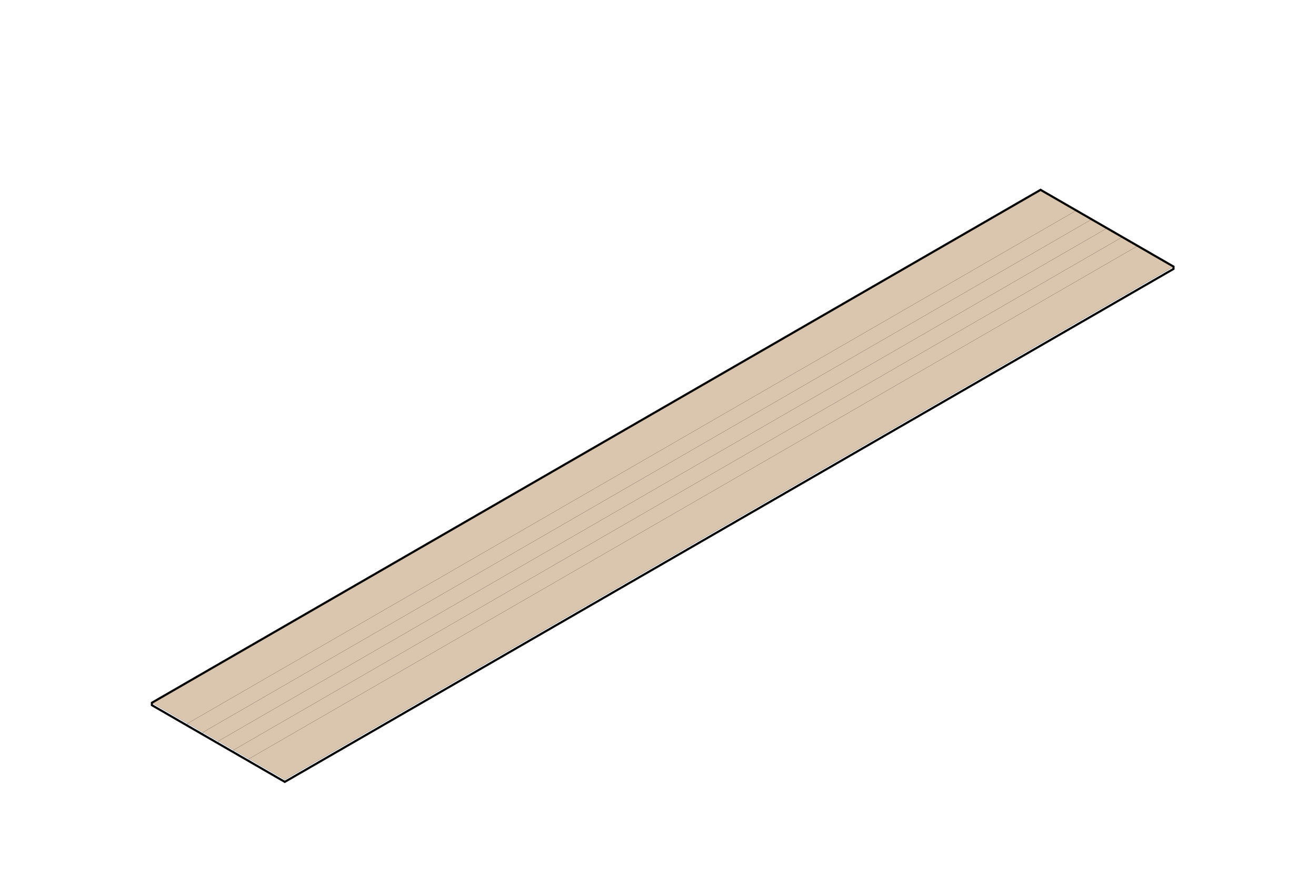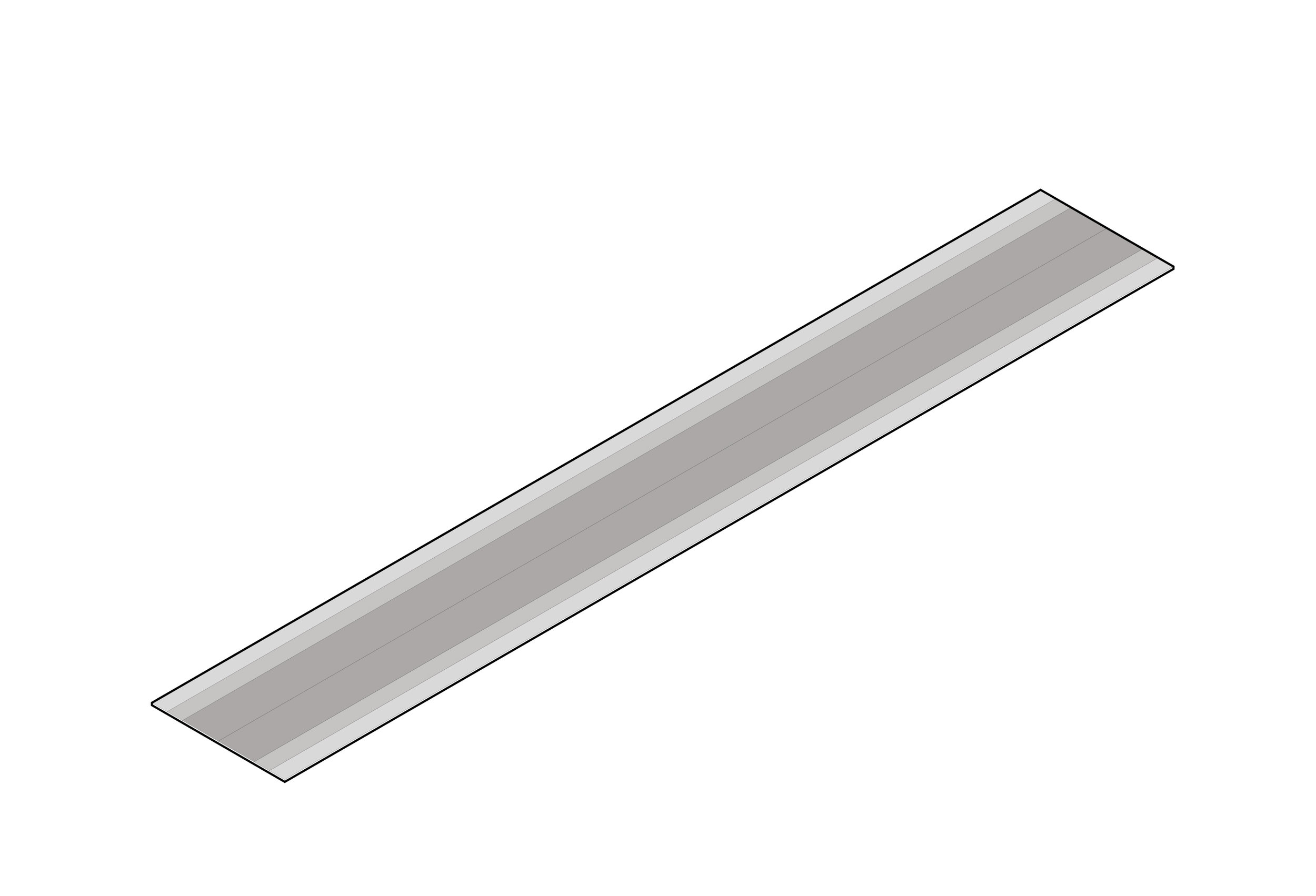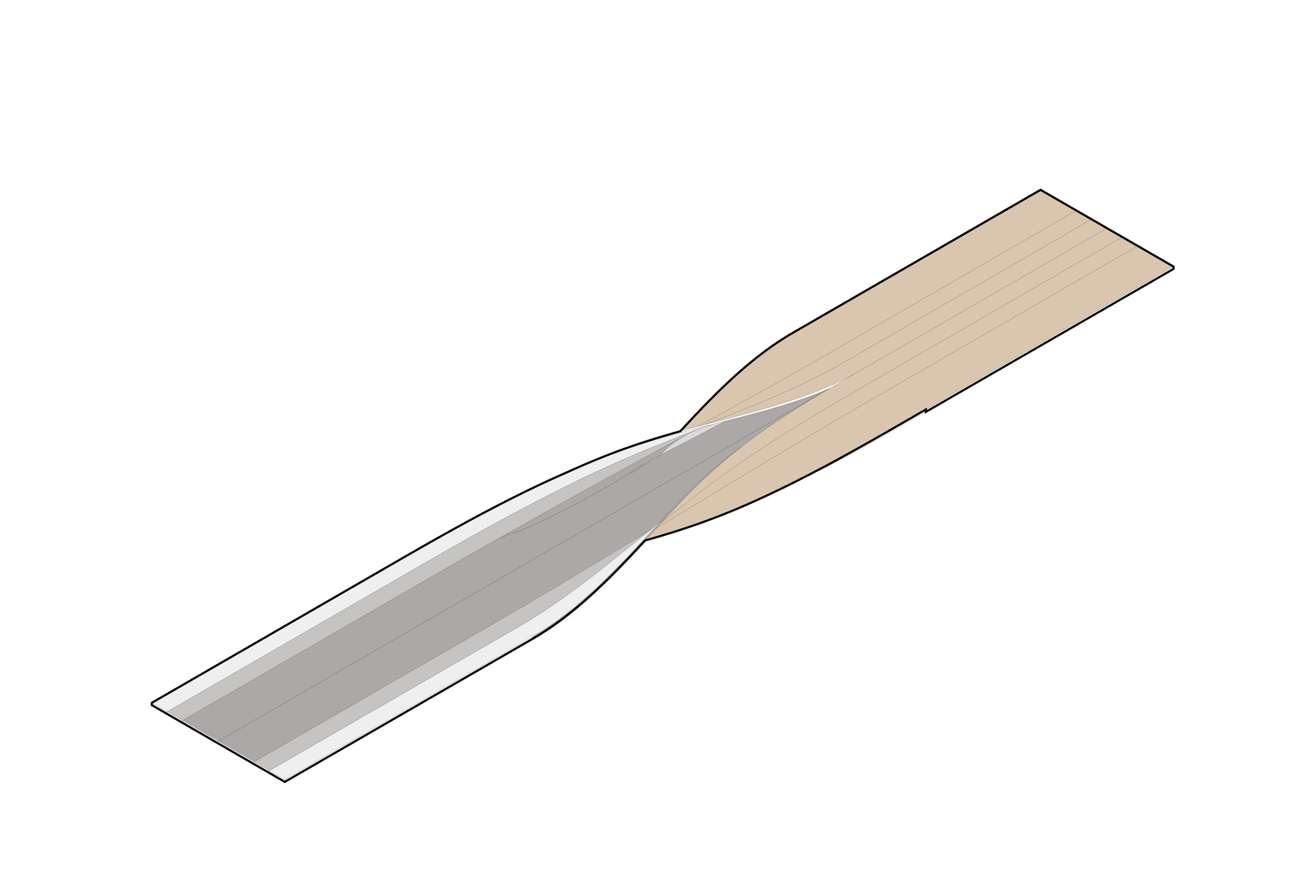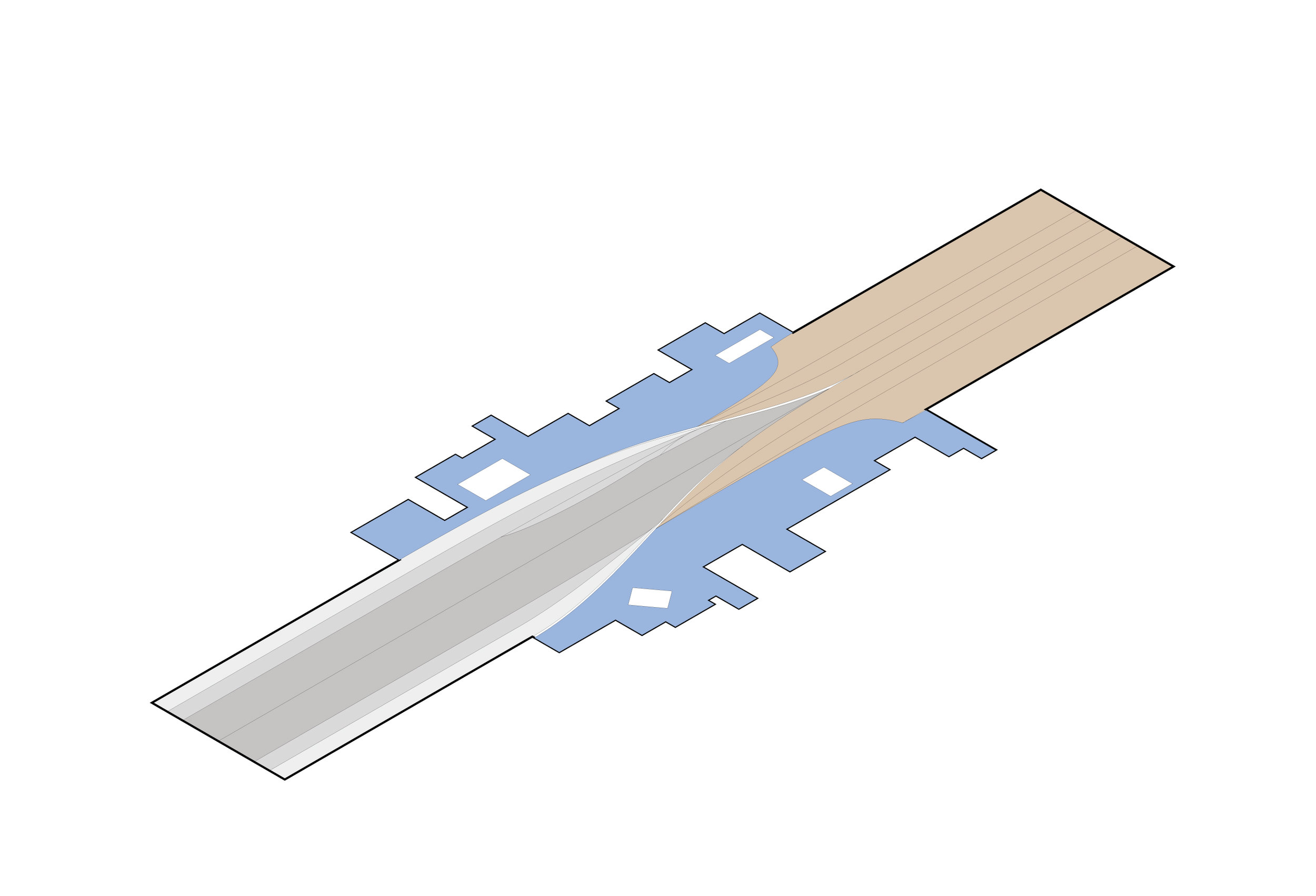Beijing Untouched
2014
abstract:
Leave Those Have Been Touched...
For most citizens in Beijing, hating traffic in Beijing is not an option, but a miserable reality. Despite the fact in its 2700 year capital history that this city is intended as an 8.5km long and 8 Km wide walkable city, in which the fastest way to travel is 16km/h by horse cart, Beijing is now expanded too large to walk across and thousands of hundreds of commuters are driving on the ChangAn Avenue, historically named as ‘Long Peace‘, the central transportation vain of the city.
Human in the 20 century invented vehicles and other wheel machines to moving faster, but barely keep that speed for a long time. As one solution to satisfy the growing amount of traffic, two ancient gates along the avenue, ChangAn West and ChangAn East, were demolished, together with many other traditional readable elements, and sadly become a normal street with blank history evidence.
Ever since, this road particularly is wider than other city street, wide enough that it is able to be transformed into a 8km long and 50m wide linear park, lined with spots of historical sightseeing and attractions. But walking is still impossible. However brief, the only daily moment when the walking is still praised under the enormous traffic flow is when the sun raises, the avenue is temperately blocked to allow the guardians of nation flags to march through that narrow passageway to the other side of the avenue where the ceremony is to take place. The vehicles stands still as if the time is paused.
Despite that political ceremony is run by government, it is probably the very right way to treat walking on the most important road in China in witness of machines of driving. We shall understand that historical and current intention and respect the distinction, while laughing at ourself for did not see that earlier.
Such a praise will take place through the 8km park of ChangAn Avenue, just framed by the boundary of Beijing City from Ming Dynasty. Driveway is discarded, tires abandoned, chassis gone, the motor deserted, but we will keep those have been touched.
We understand the new avenue is not for a fast moving machine, but to serve as a machine itself to hold a slow or still motion. Cars are left with seats and wheel and handles to provide the evidence of the only human-machine contact in the past relationship. Is there any other good value?
The used-to-be invisible pedestrians are visible again to the wide street of the city, by participating the park. The asphalt face of earth is peeled up and flipped to unveil the historical icons on the other side, a tessellation of paving, in the tectonic of hundreds-years-old urban decoration to demonstrate the priority user, defining the social class by material and color as they did in the past. The pavement are to be hand placed by skilled workers who had served to repair the JiuLong Wall (Wall of Nine Dragons) in forbidden city for years.
The tactile paving, smooth white china on wall and rough gray masonry on ground, encourage an active role for the citizens playing on social and political aspect in the previous driveway. In this plaza of china and masonry, the new machine is re-programed to shape a seating space that have been occupied in years by vehicle.
I want to fly that kite in the middle of ChangAn Avenue.







